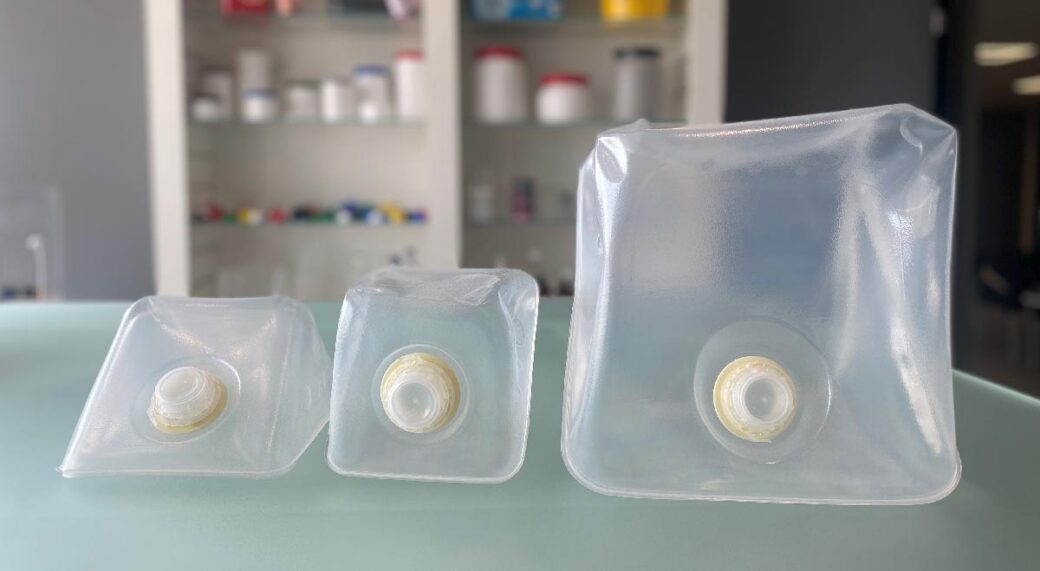What kinds of fall protection equipment are there?
Working at a height carries risks, like the danger of falling. That is why it is important to take measures in the form of fall protection equipment. This refers to equipment that prevents people from falling from a height and that absorb the force generated by a fall. There are two types of fall protection equipment, collective and personal fall protection.
Legally required fall protection equipment
Falling is especially risky when working at or above 2.50 m. From this height, it is mandatory according to the European guidelines to use fall protection equipment. When working at a height below 2.50 m, fall protection equipment is mandatory if there is an increased risk associated with falling. For example, when working over water, on traffic routes or above an open floor. Article 3.16 of the Dutch Working Conditions Decree (Arbobesluit) prescribes that employers and building owners are responsible and thus obliged to provide the opportunity and equipment to enable work to be carried out safely at a height.
Collective fall protection equipment
First of all, it is preferable to adjust a workplace permanently (permanent fall protection). This can involve collective fall protection equipment, like fences and parapets. Temporary fall protection equipment can also be placed, like scaffolding and ladders. Turn to specialised companies for such protective equipment.
Personal fall protection equipment
Along with collective fall protection equipment, there is personal fall protection equipment, for example, belts, lifelines and helmets. There is also a safety harness. This is affixed to, for example, the roof or scaffolding with a lifeline. If the person falls, then the harness absorbs the shock as much as possible.
NEN Norms
The norms NEN 360, NEN 361 and NEN 365 cover the criteria that personal fall protection equipment must meet. NEN 365 is the overarching norm. NEN 360 concerns the criteria that fall arresters with line tensioners must meet, NEN 361 covers safety harnesses. Complying with these NEN norms is the best way to fulfil the Dutch working conditions legislation. The norm also describes the inspection points for approving fall protection equipment.
Other protective equipment
- Breathing protective equipment
- Hearing protective equipment
- Hand protective equipment
- Head protective equipment
- Eye and face protective equipment
- Foot protective equipment
We care. We do. We fulfill.
In our digital catalogue you can examine personal fall protection equipment, and also order them if you become a customer. Request an estimate without obligation.







